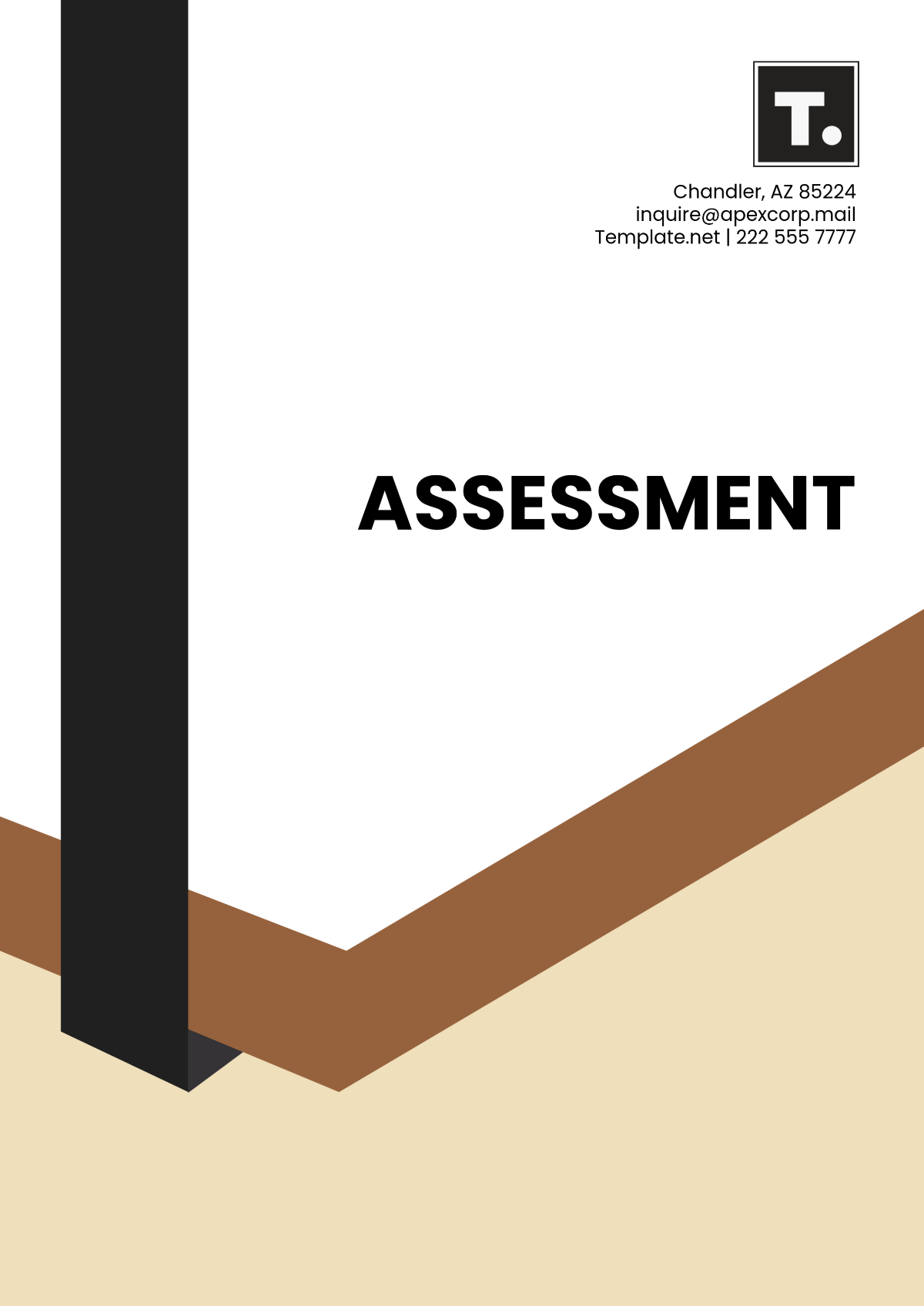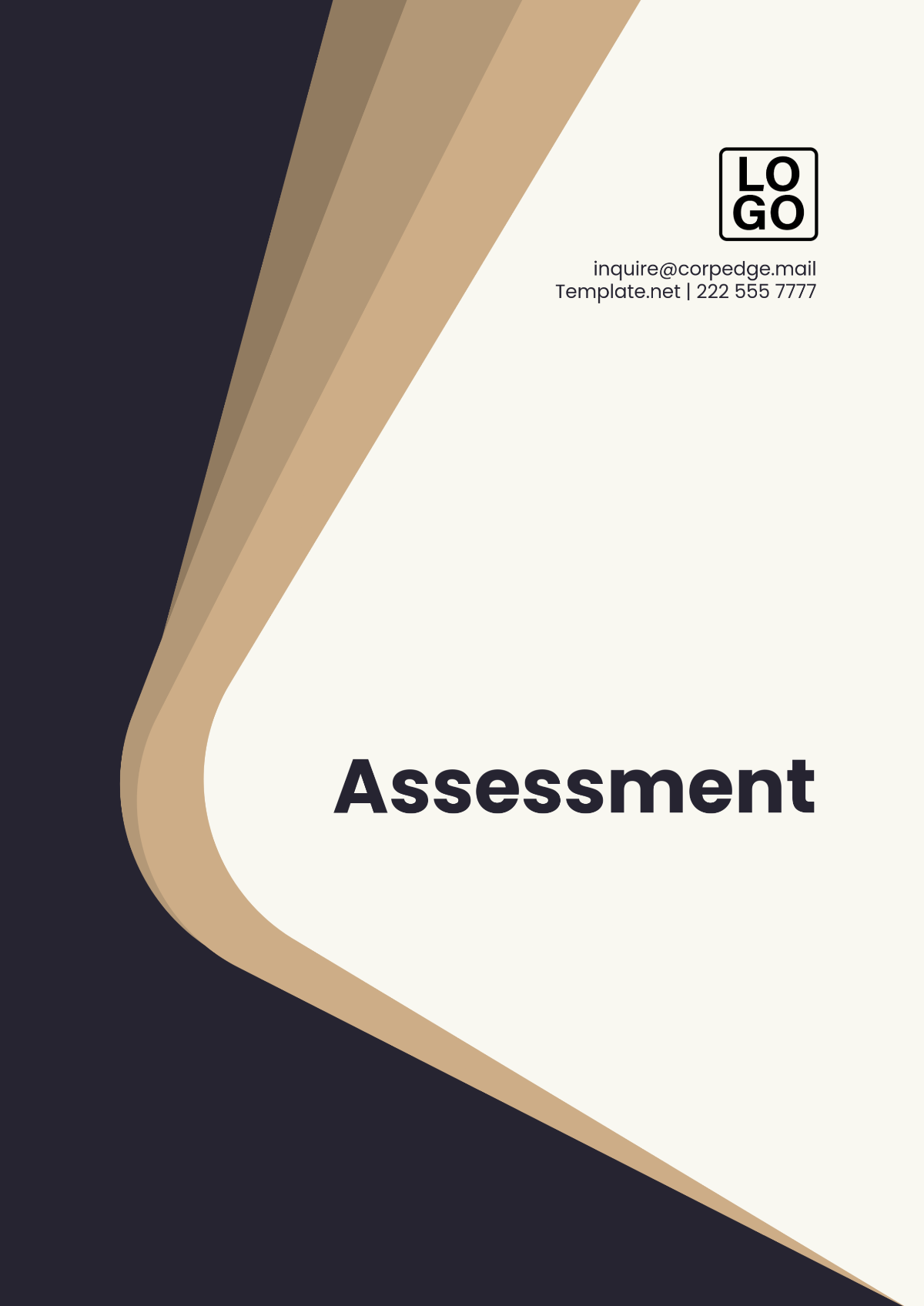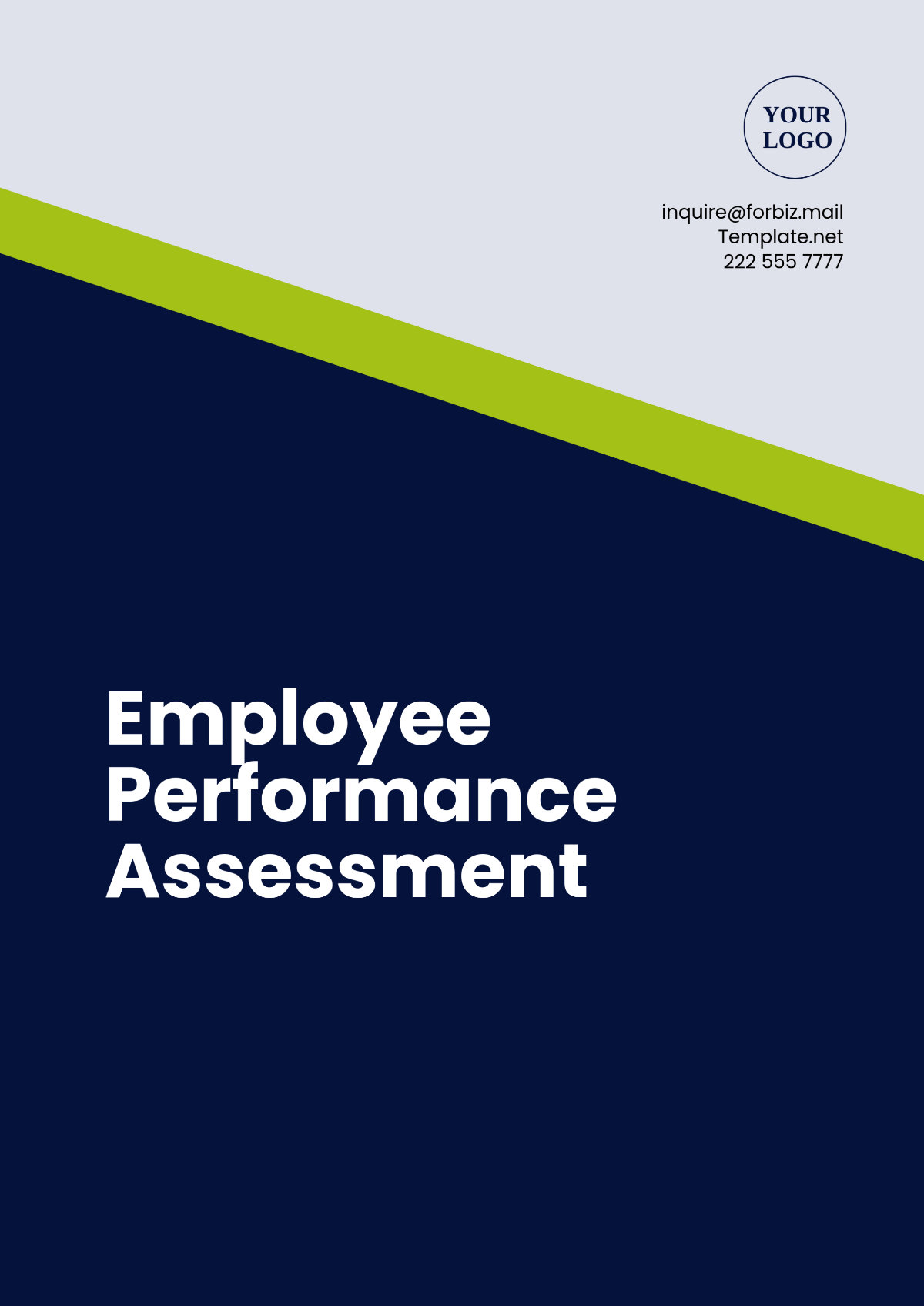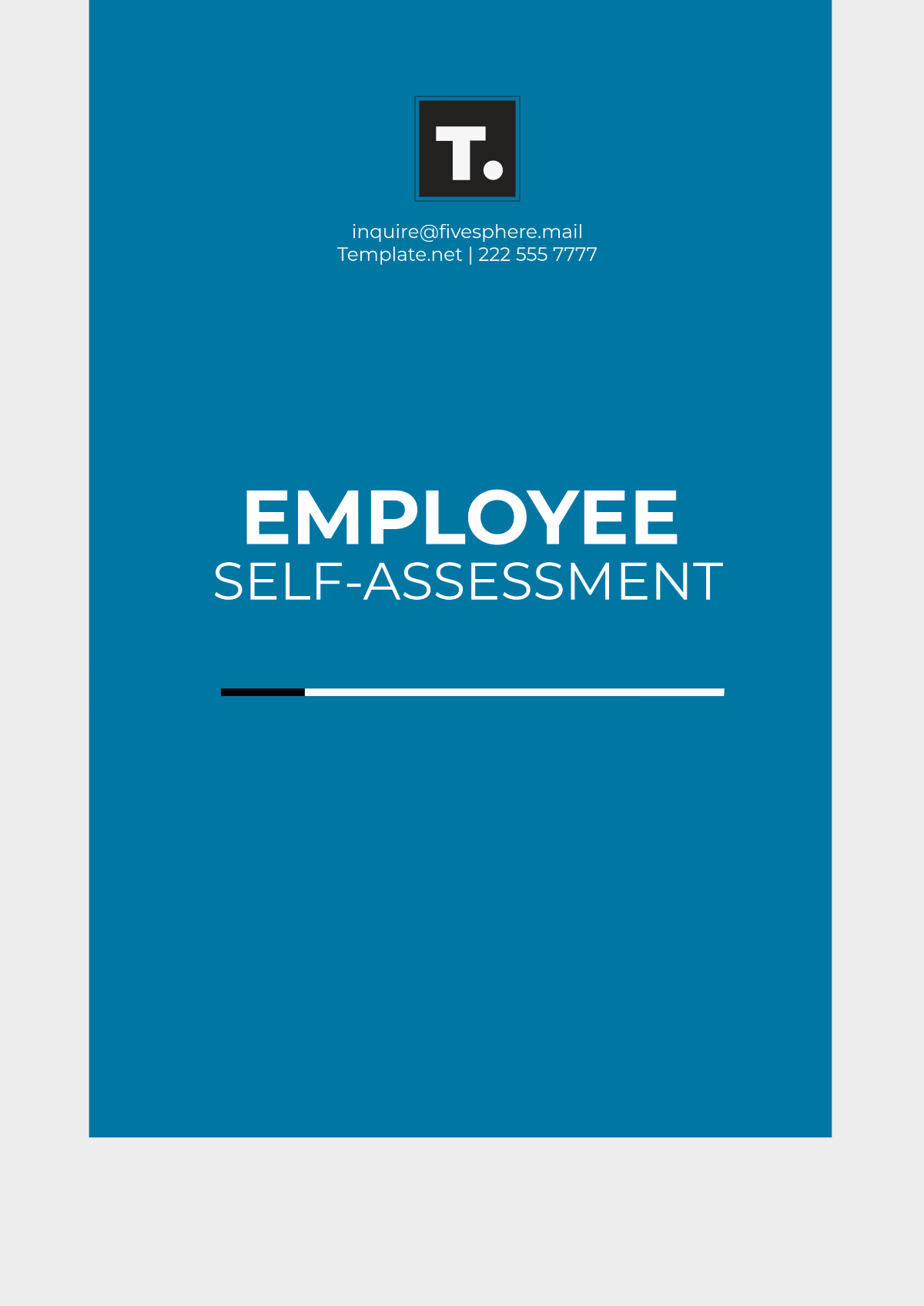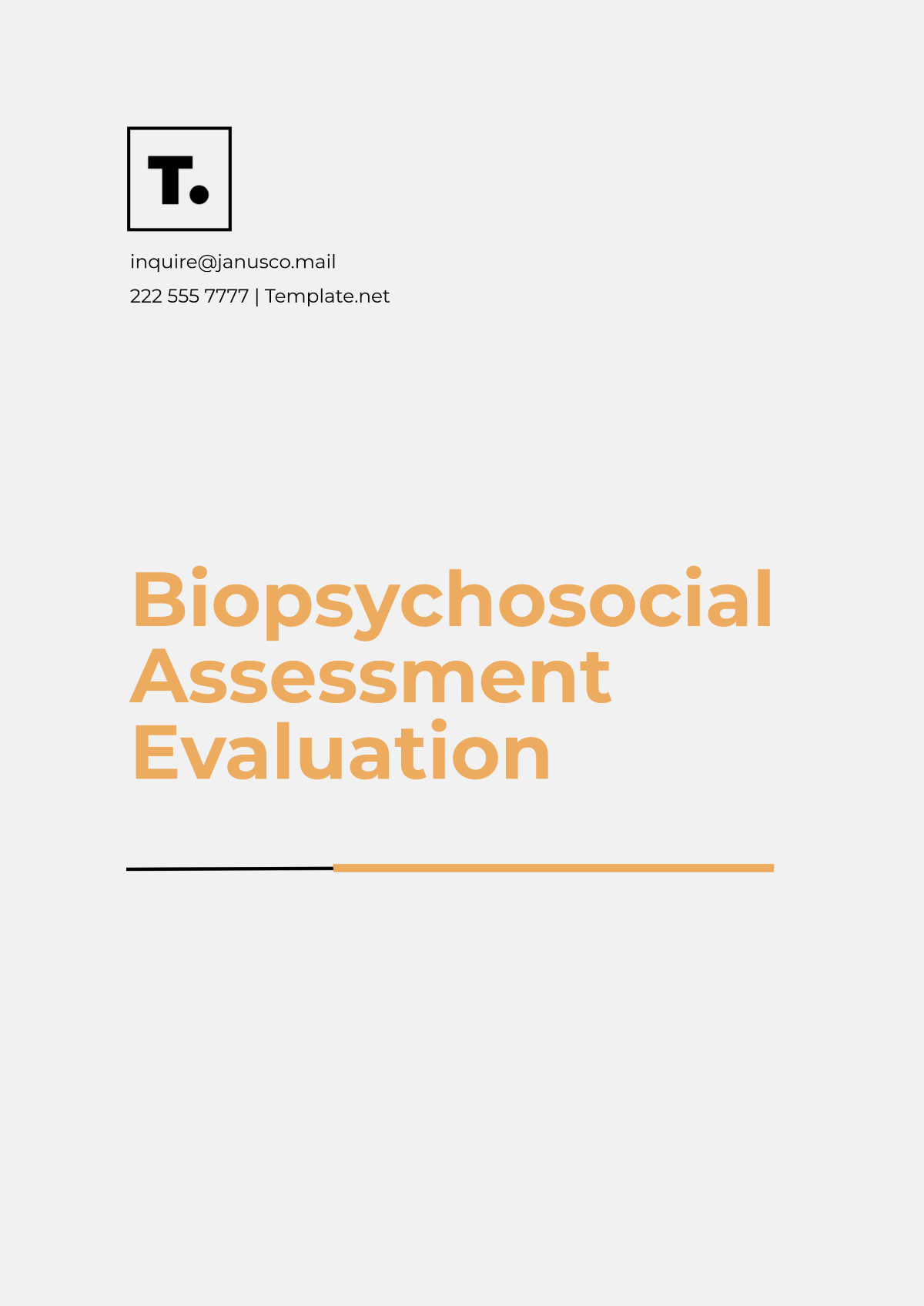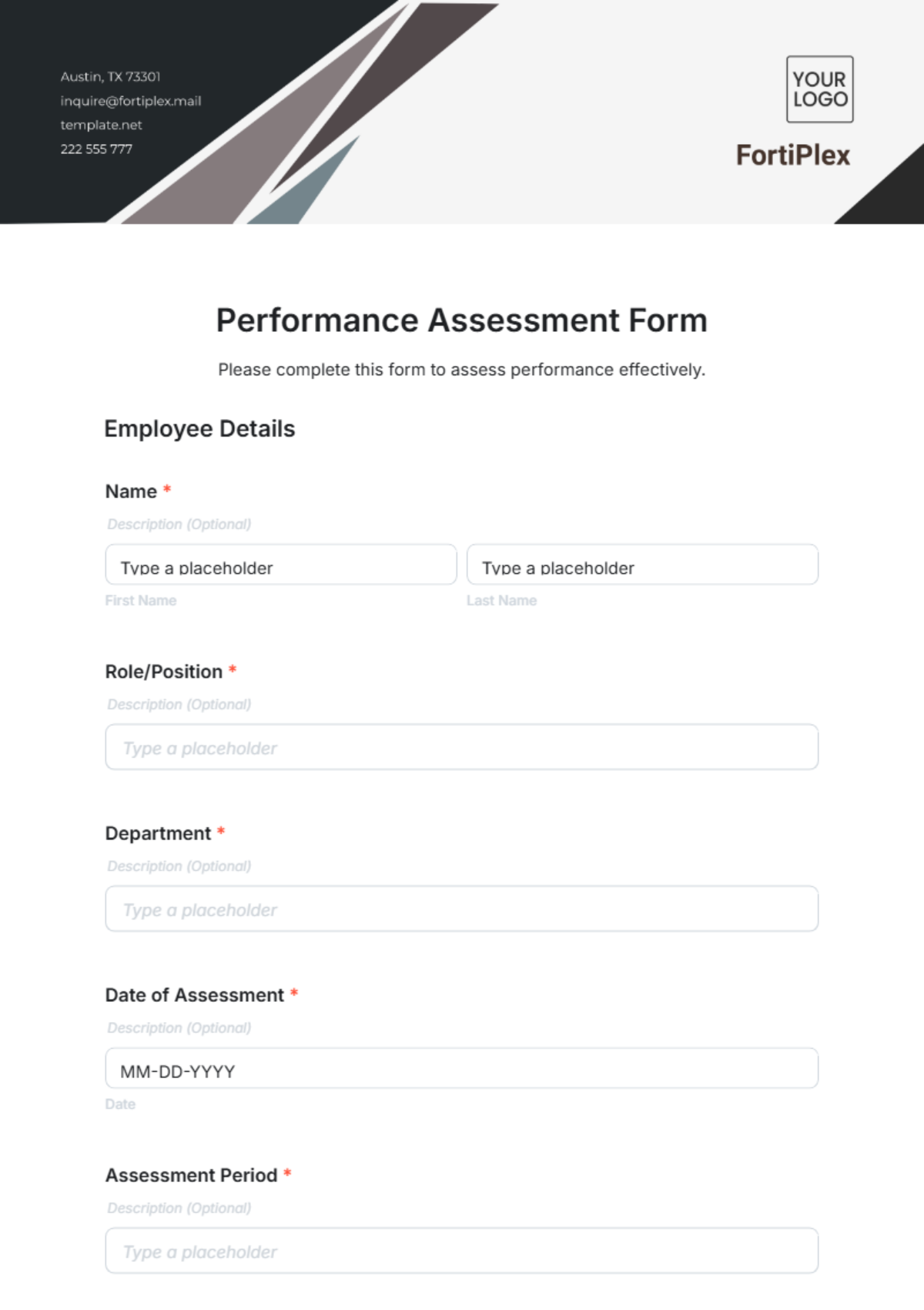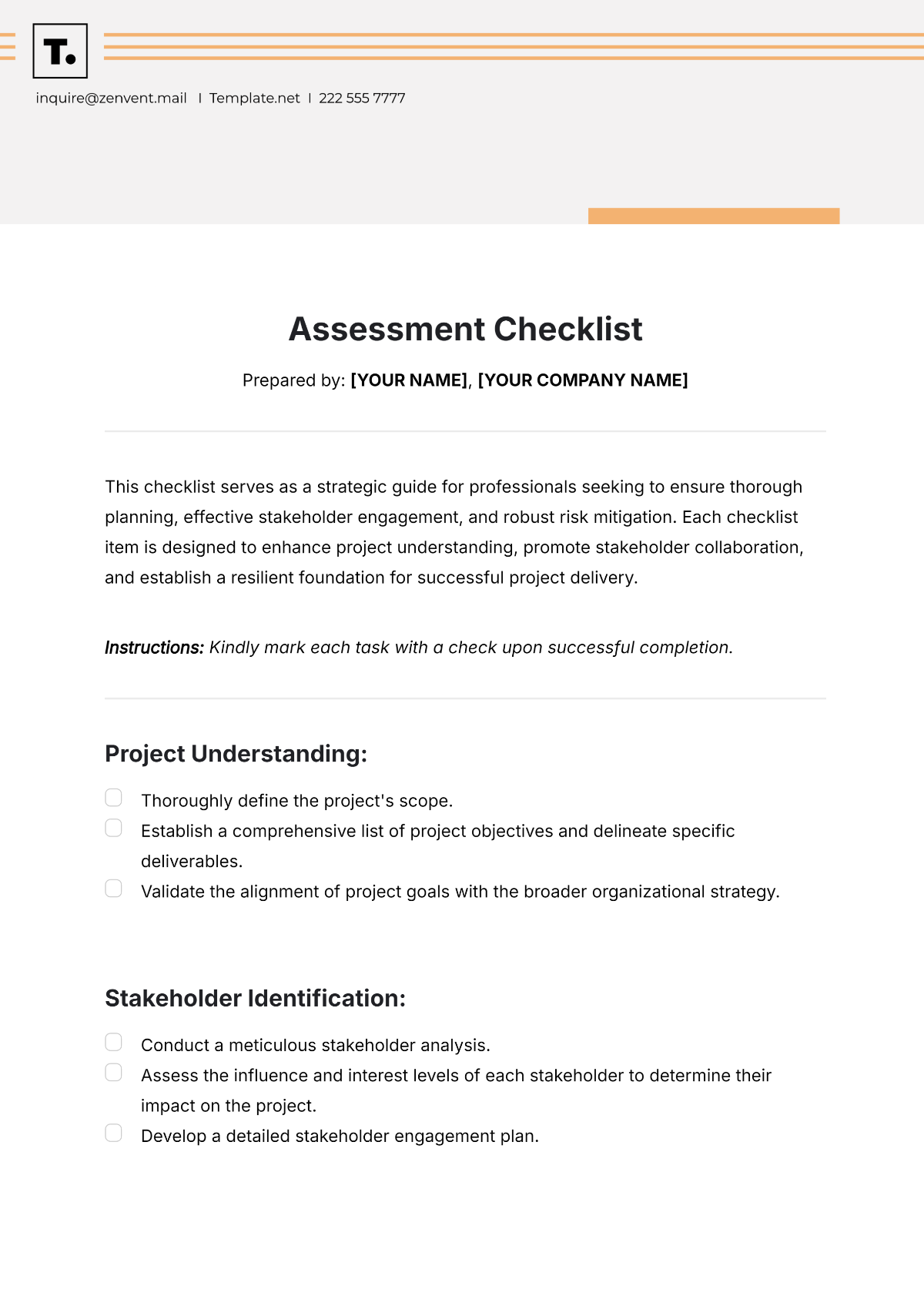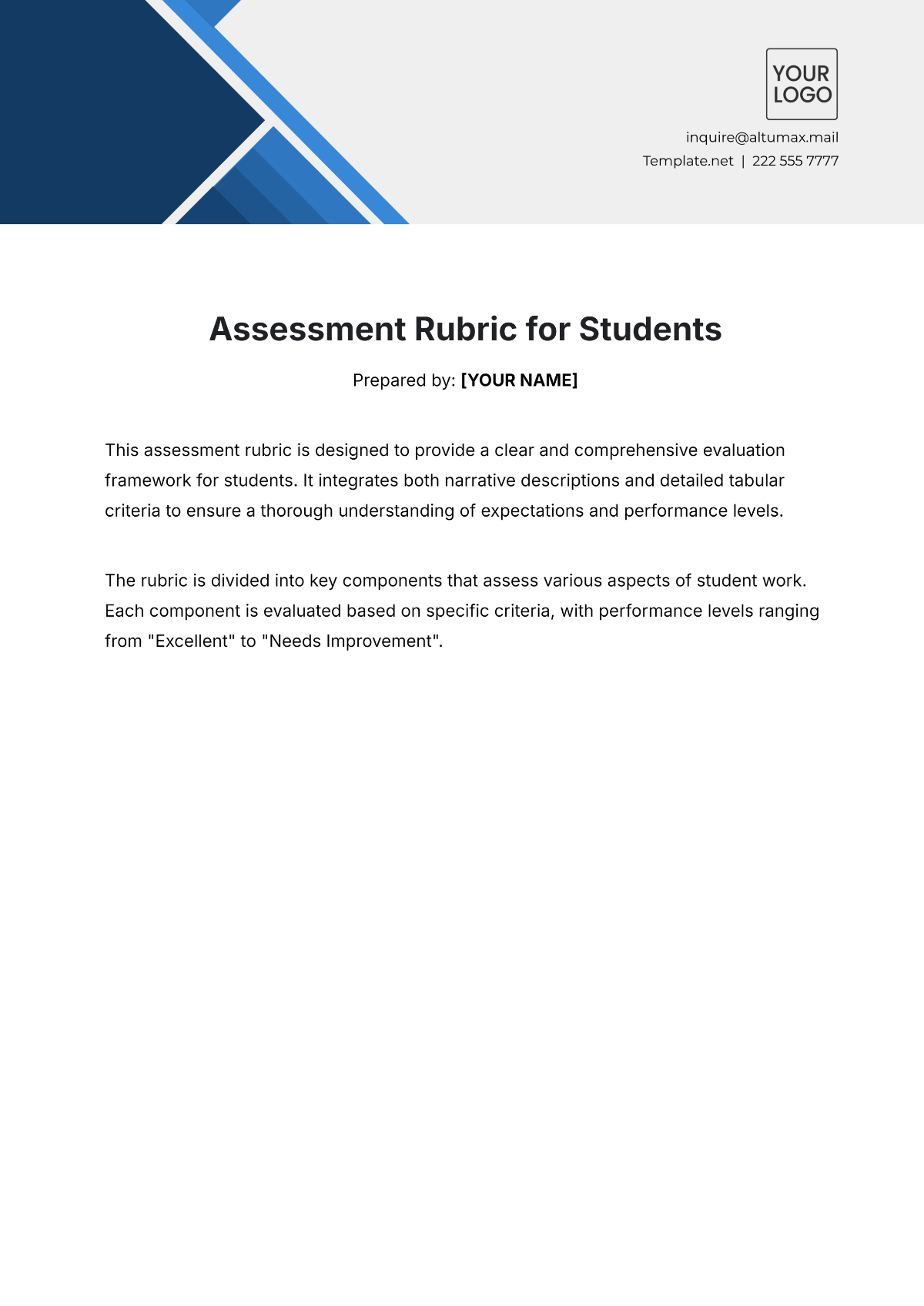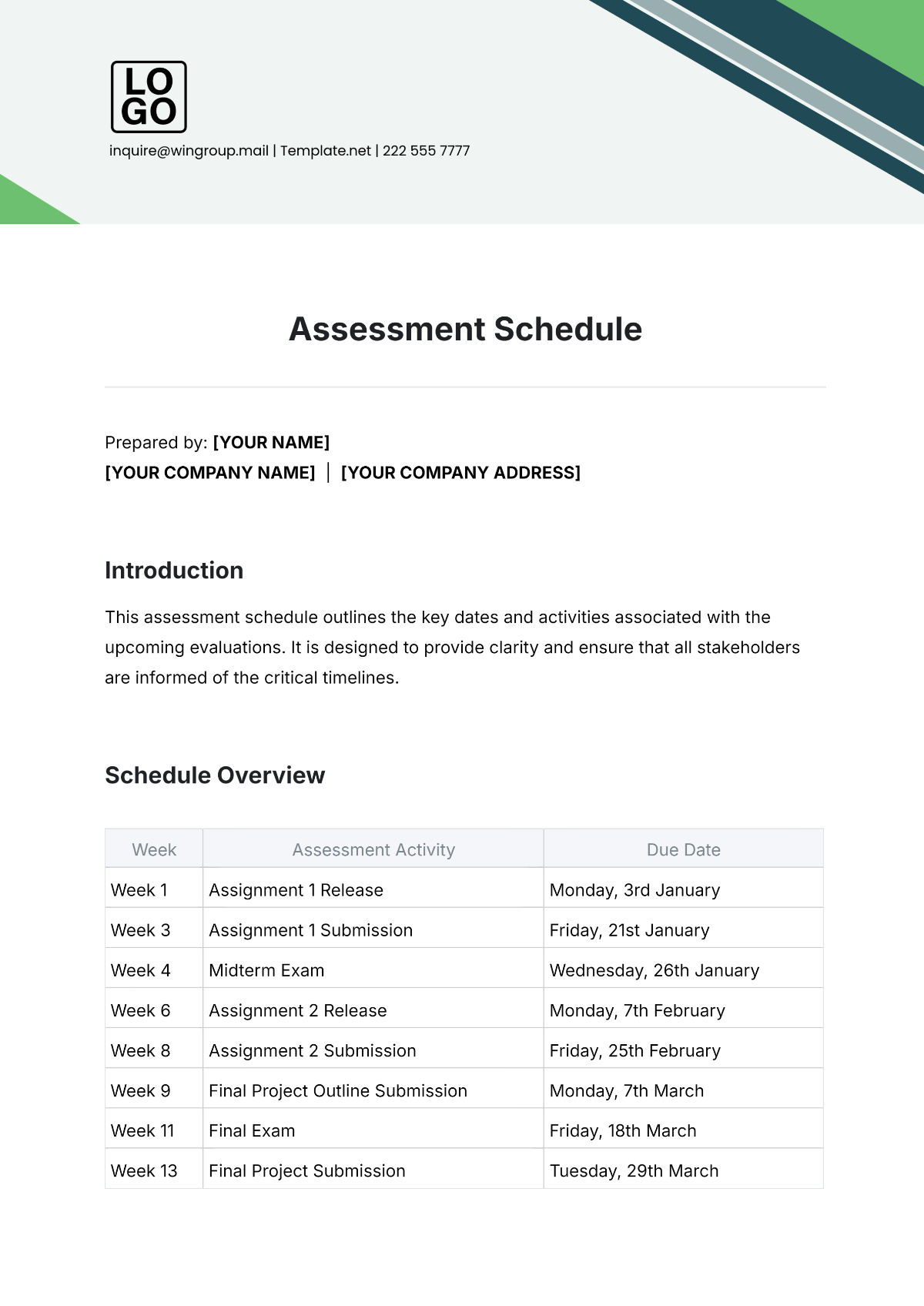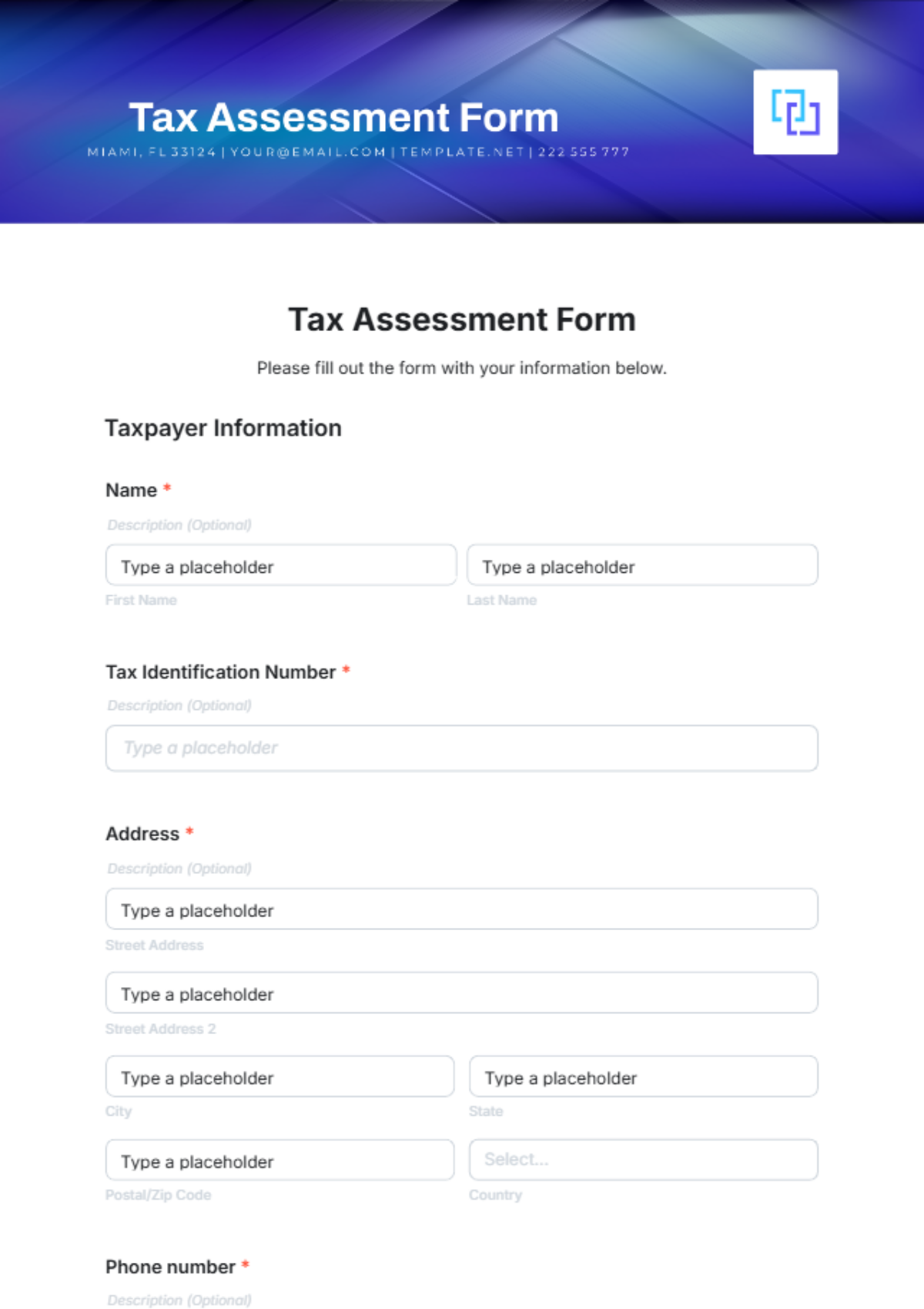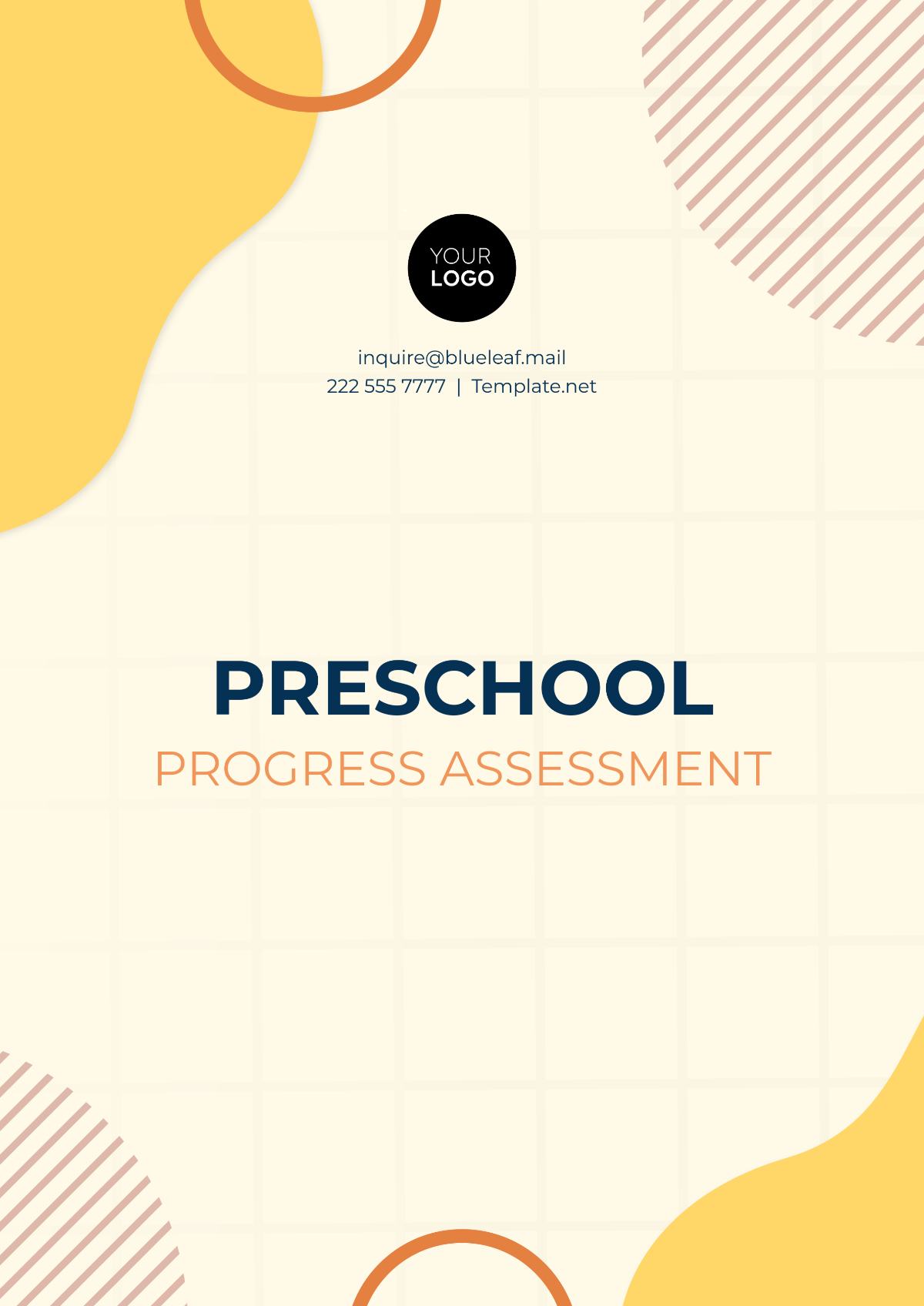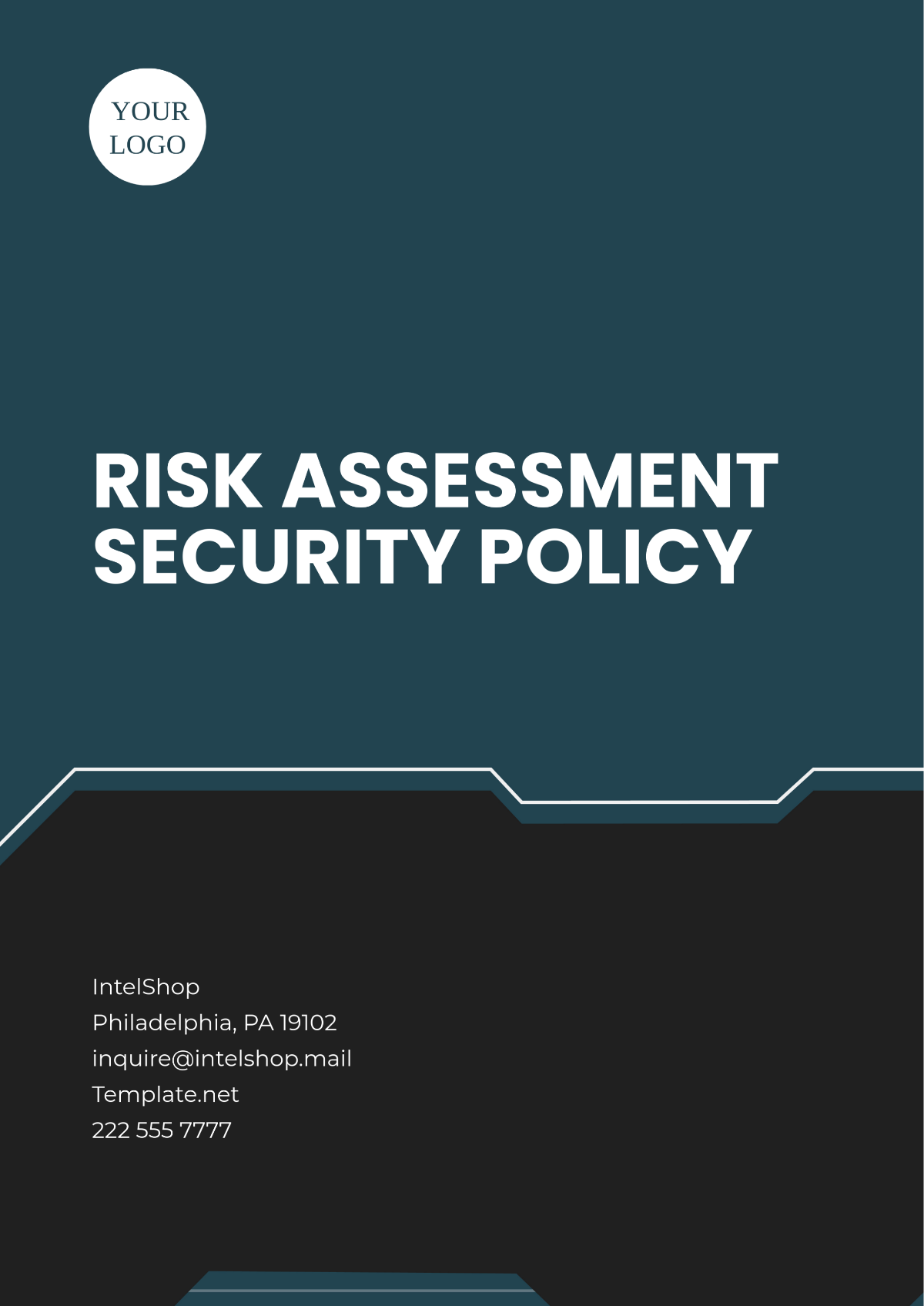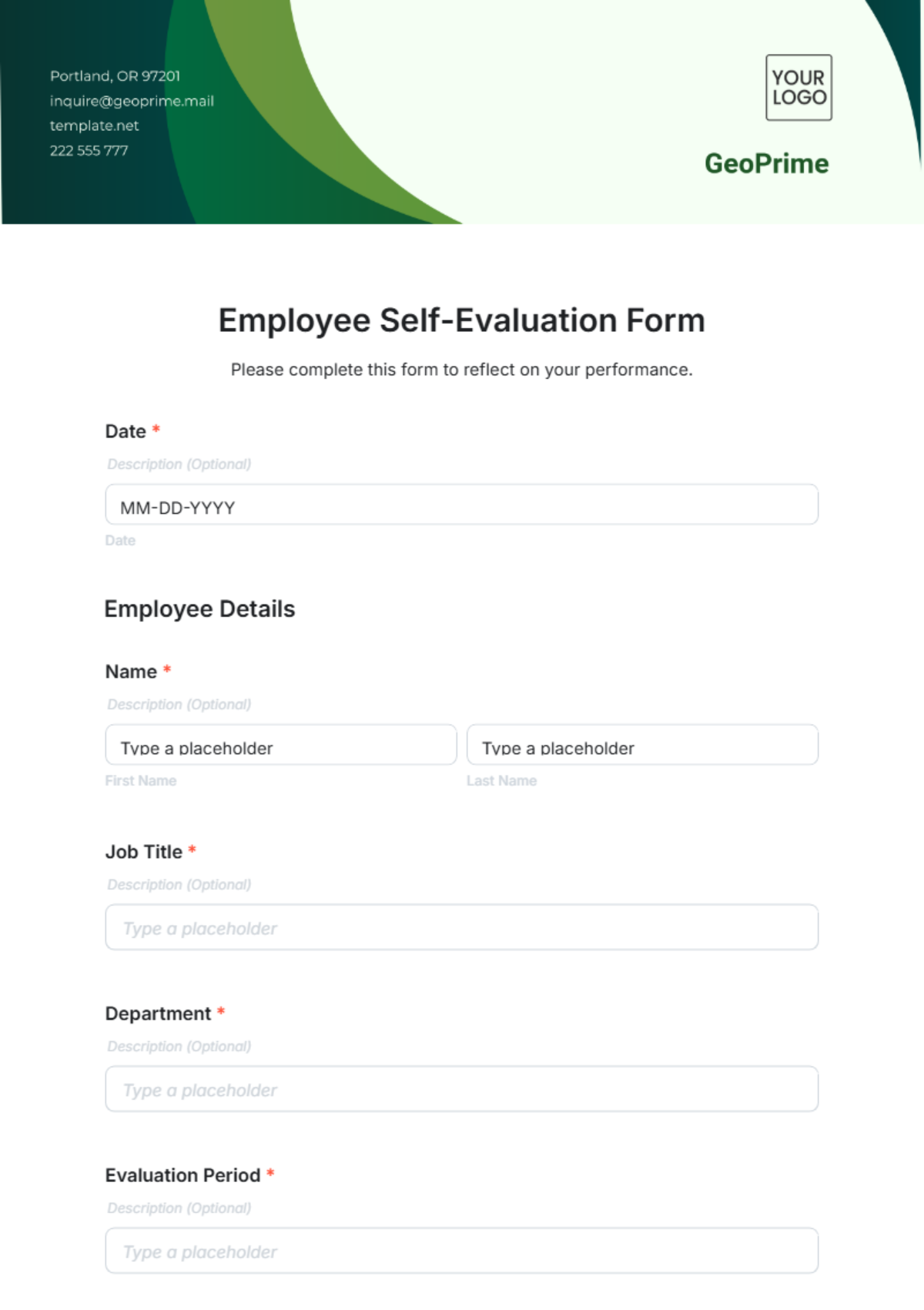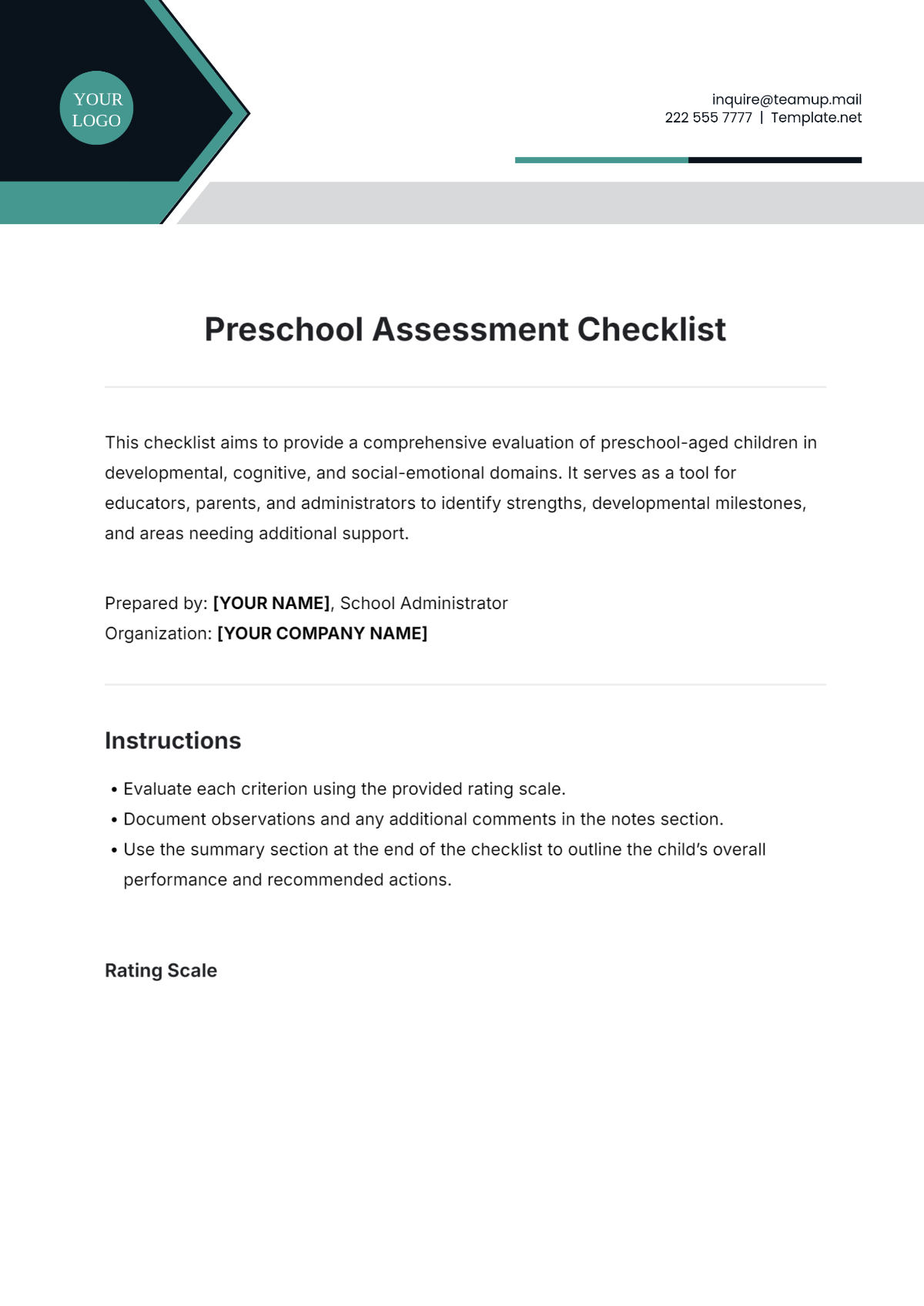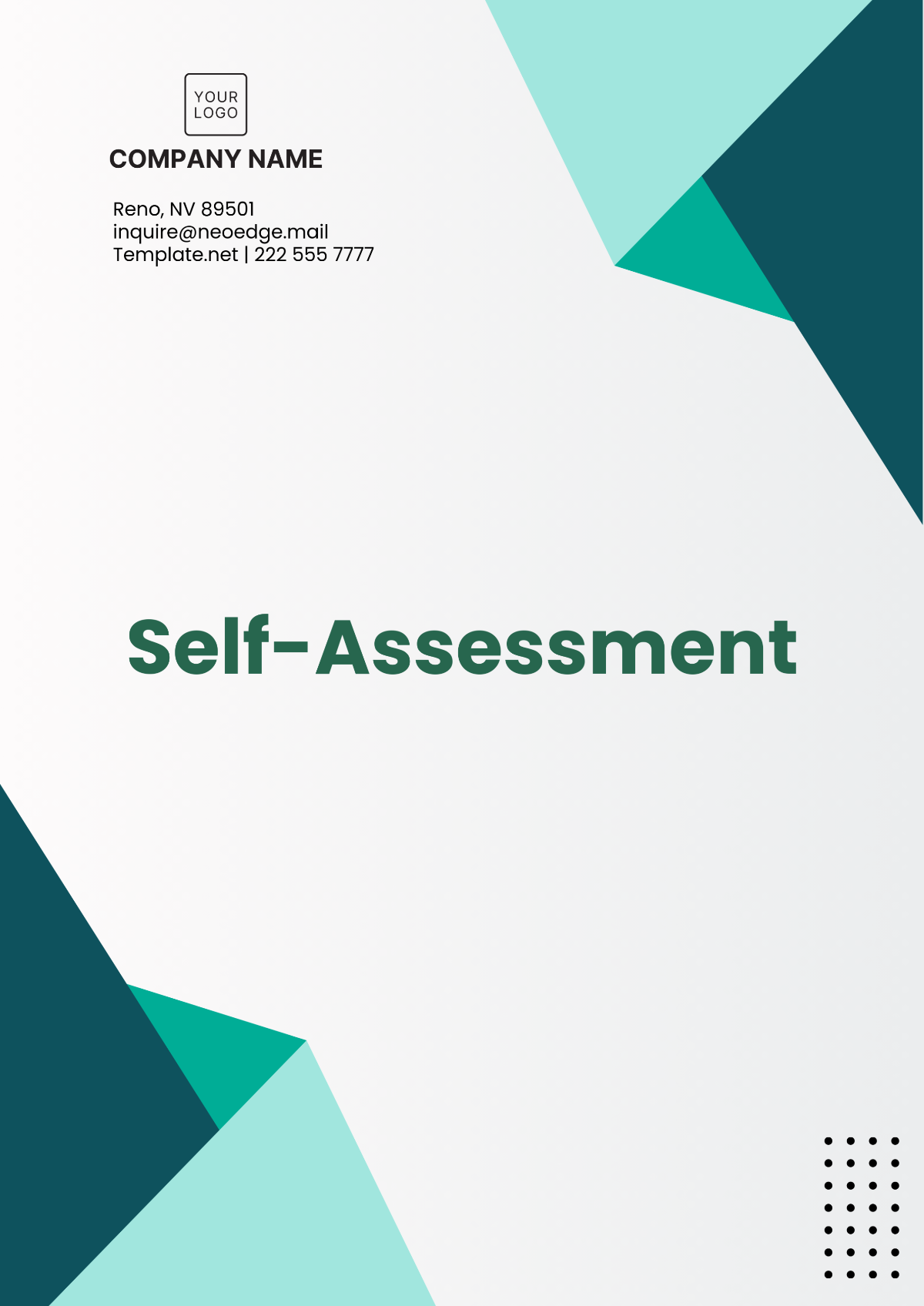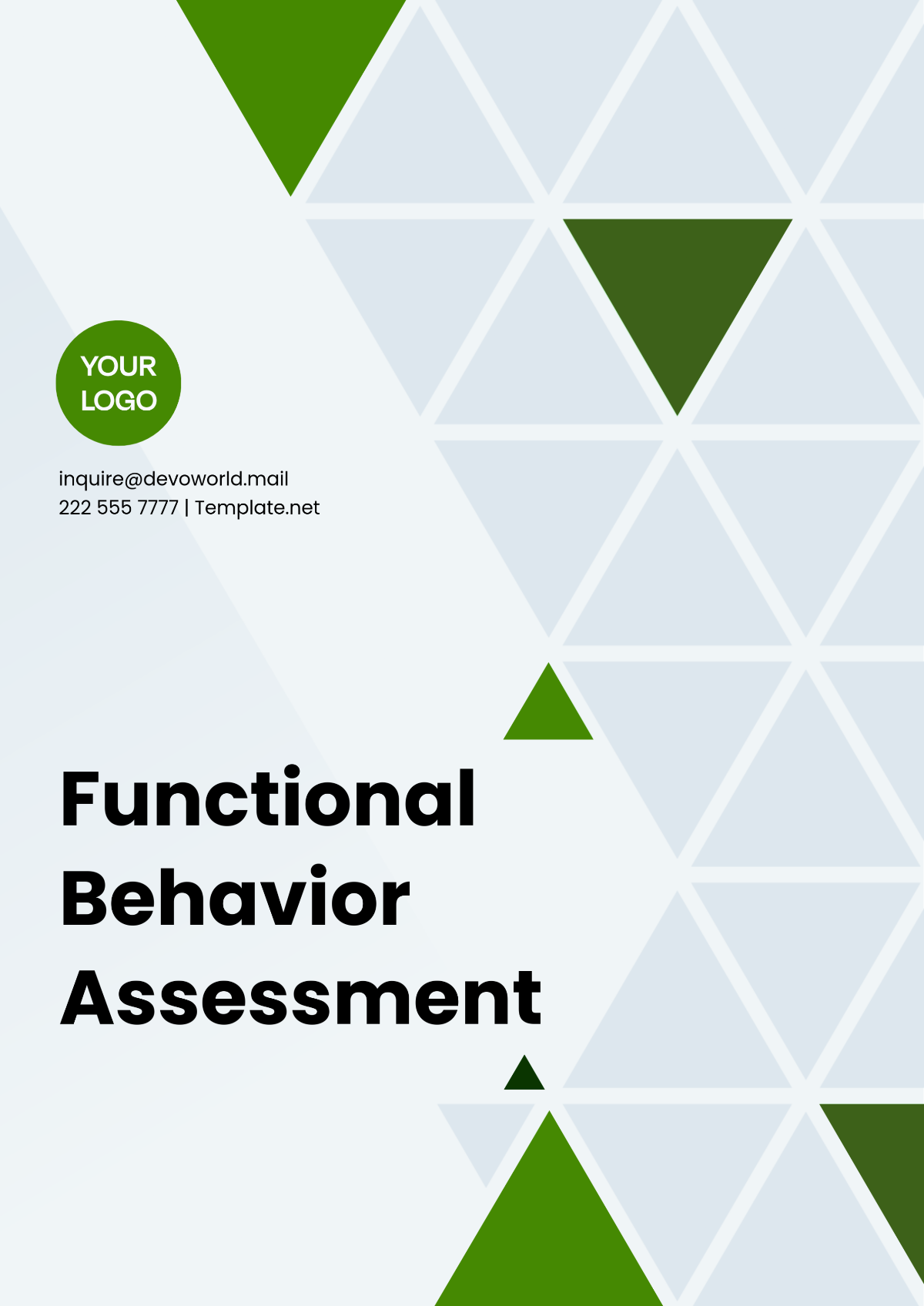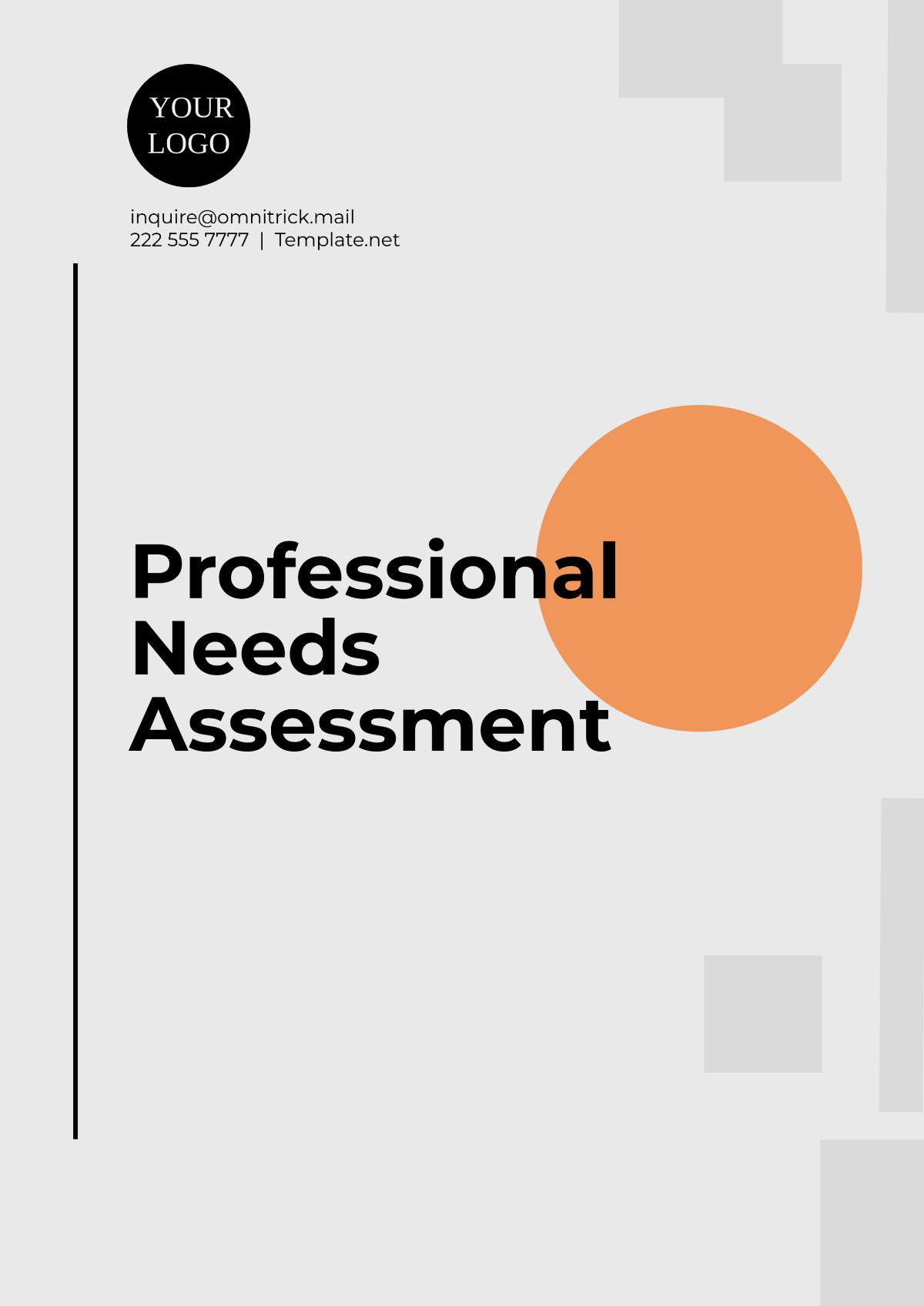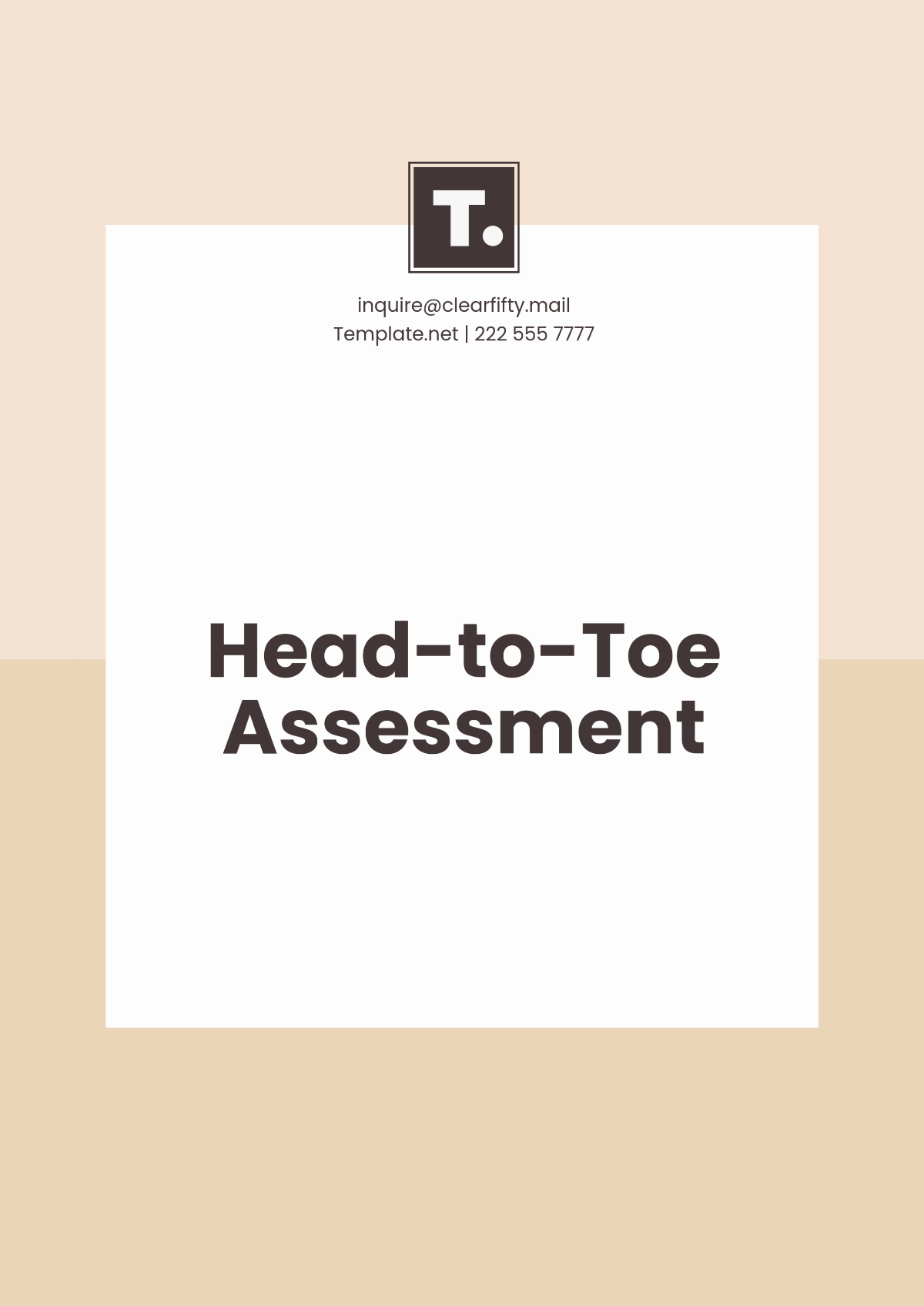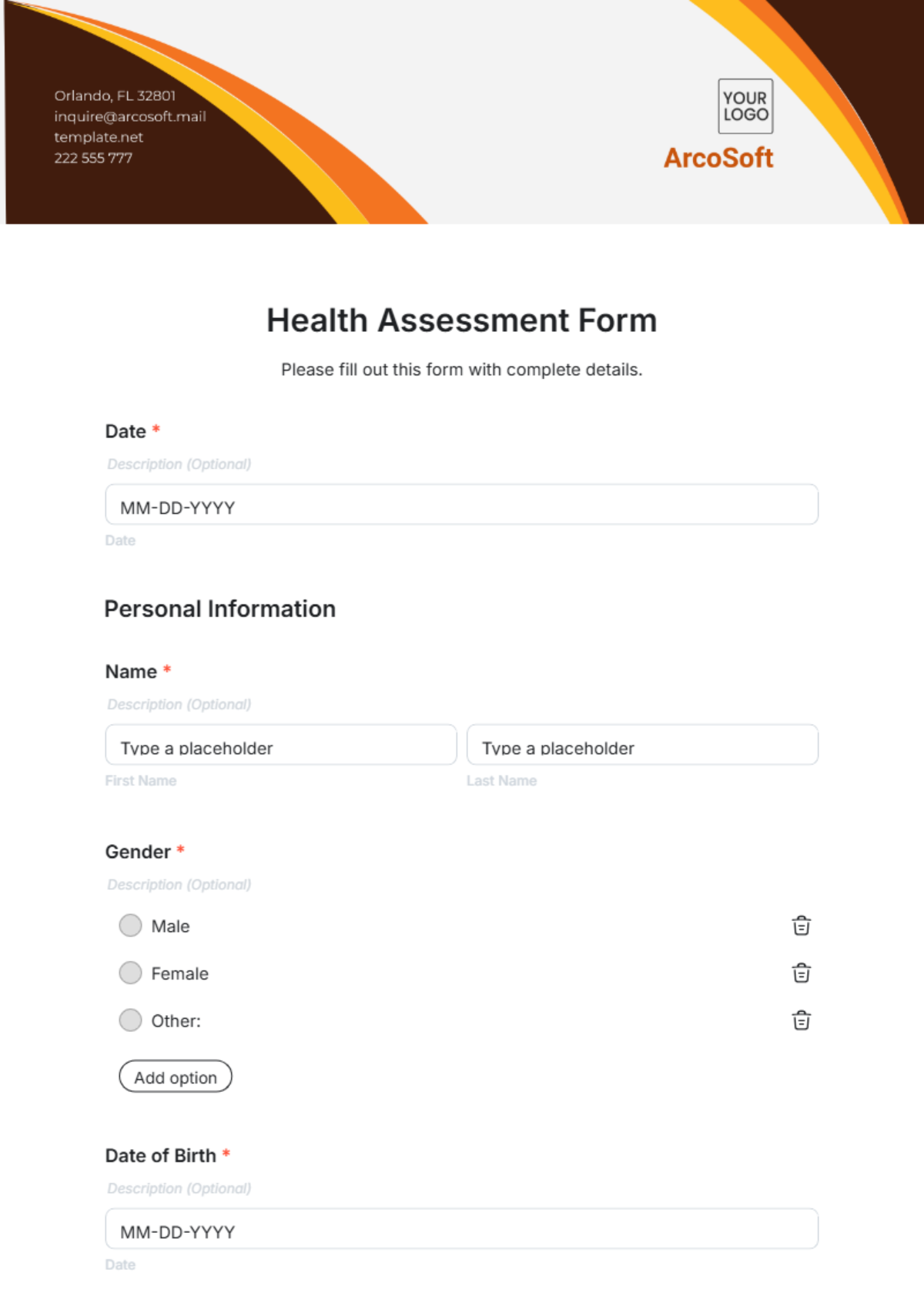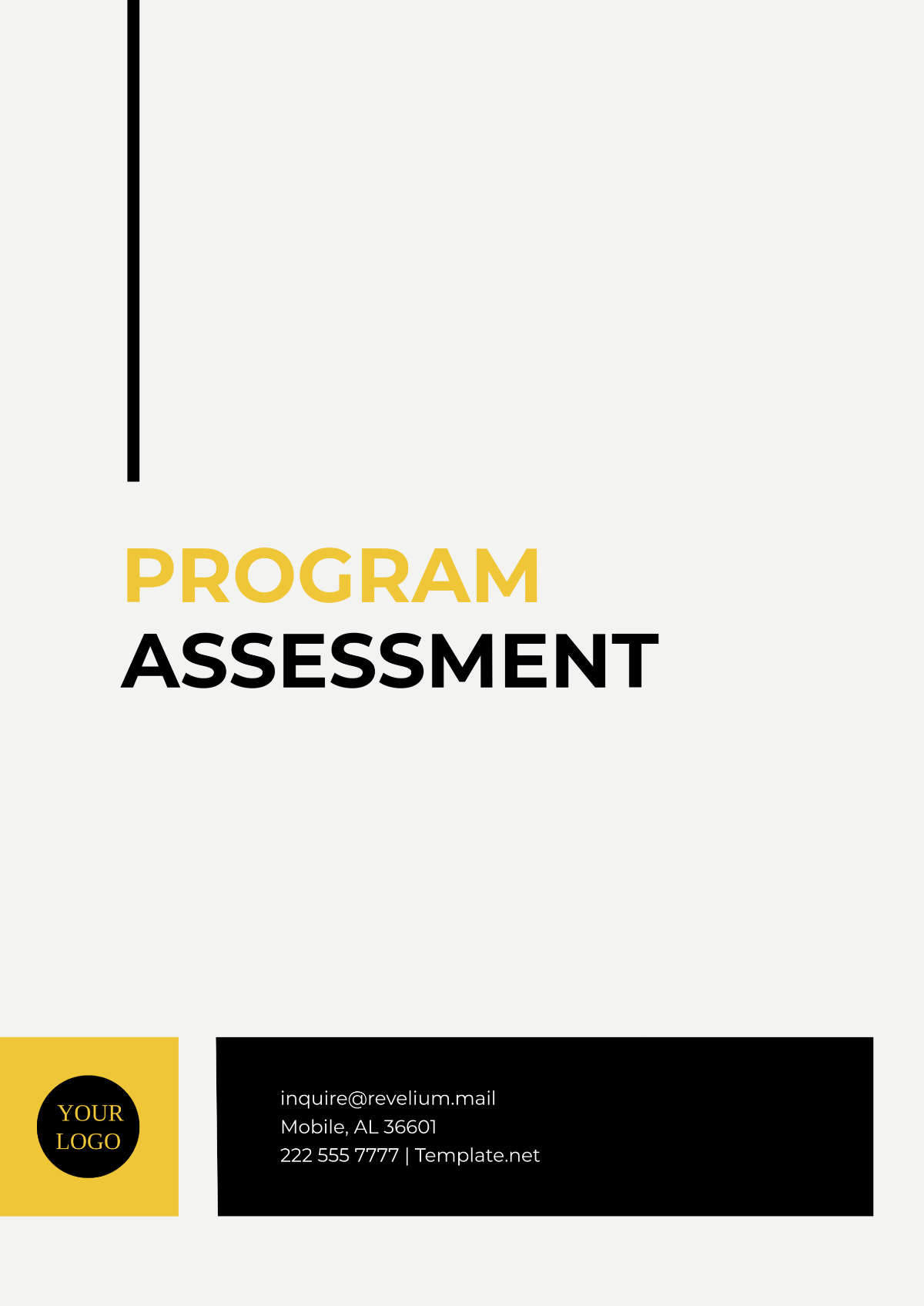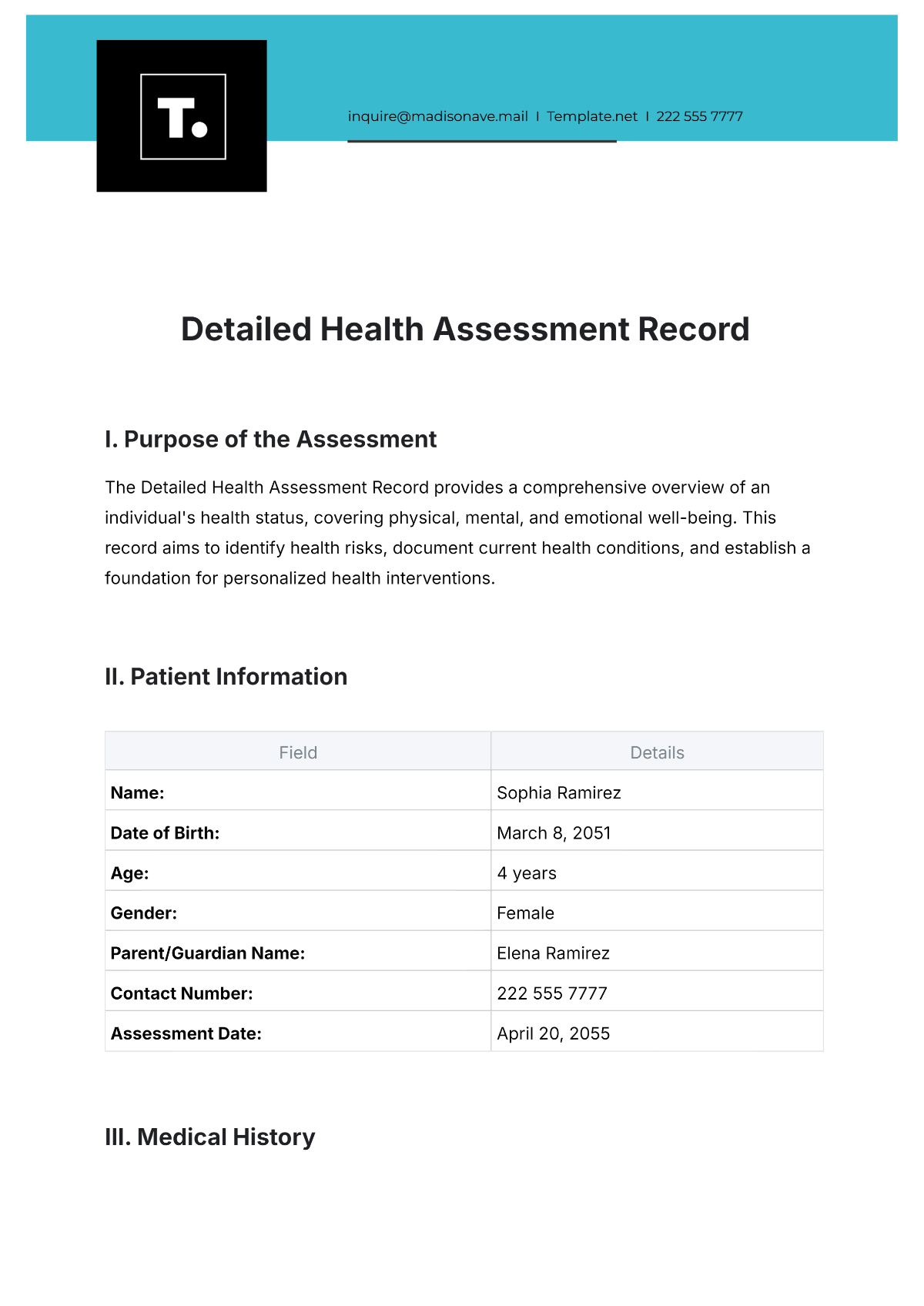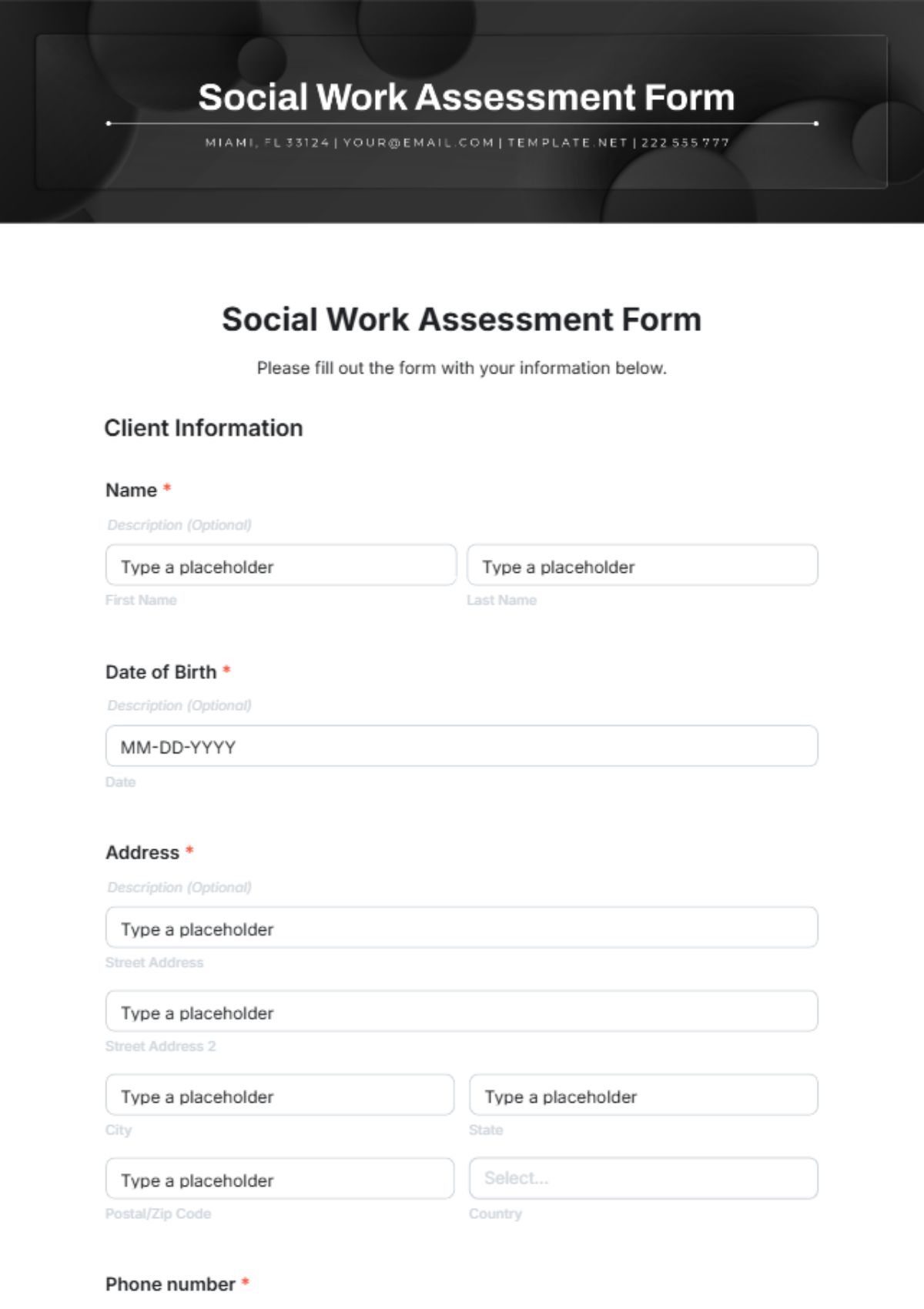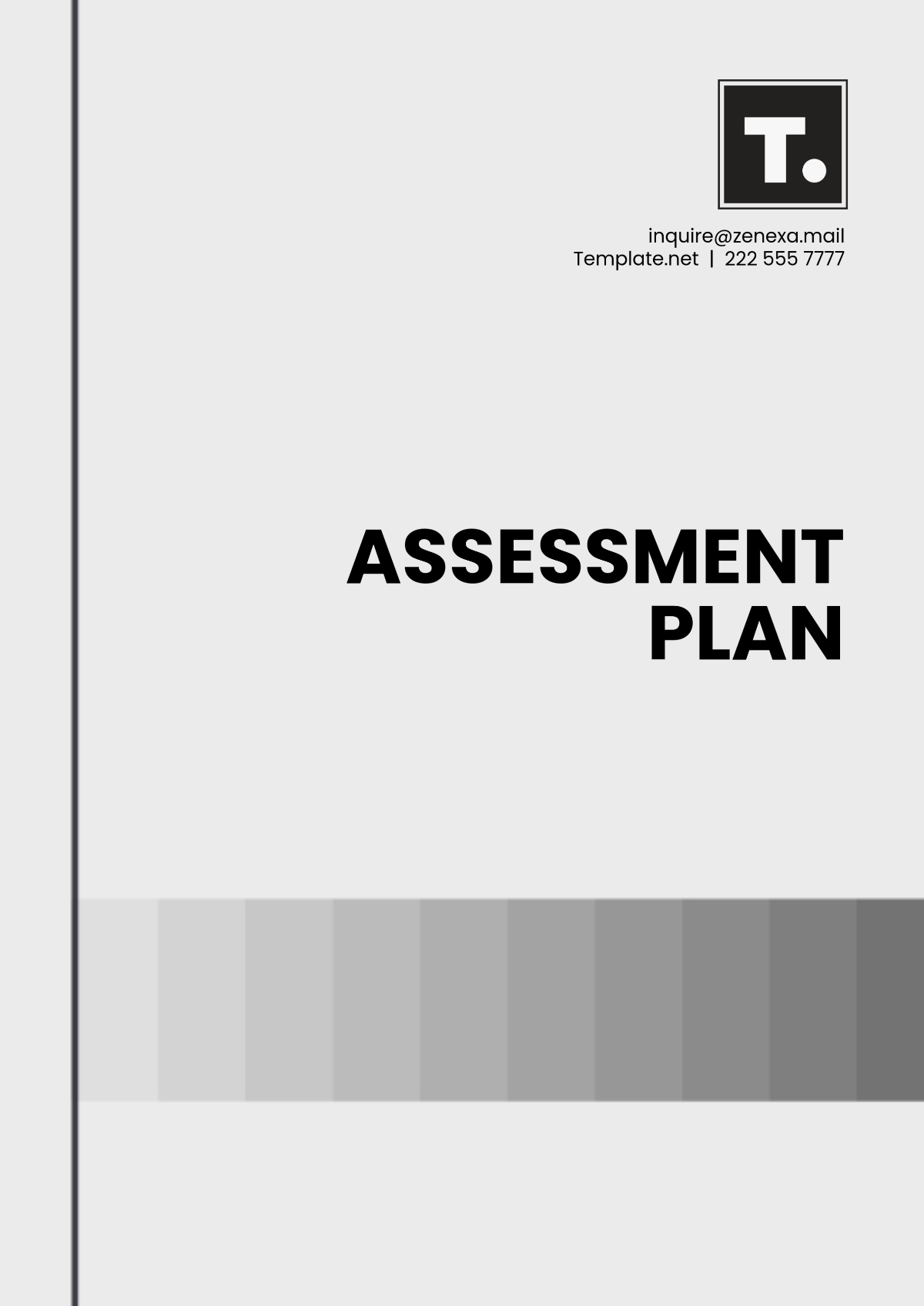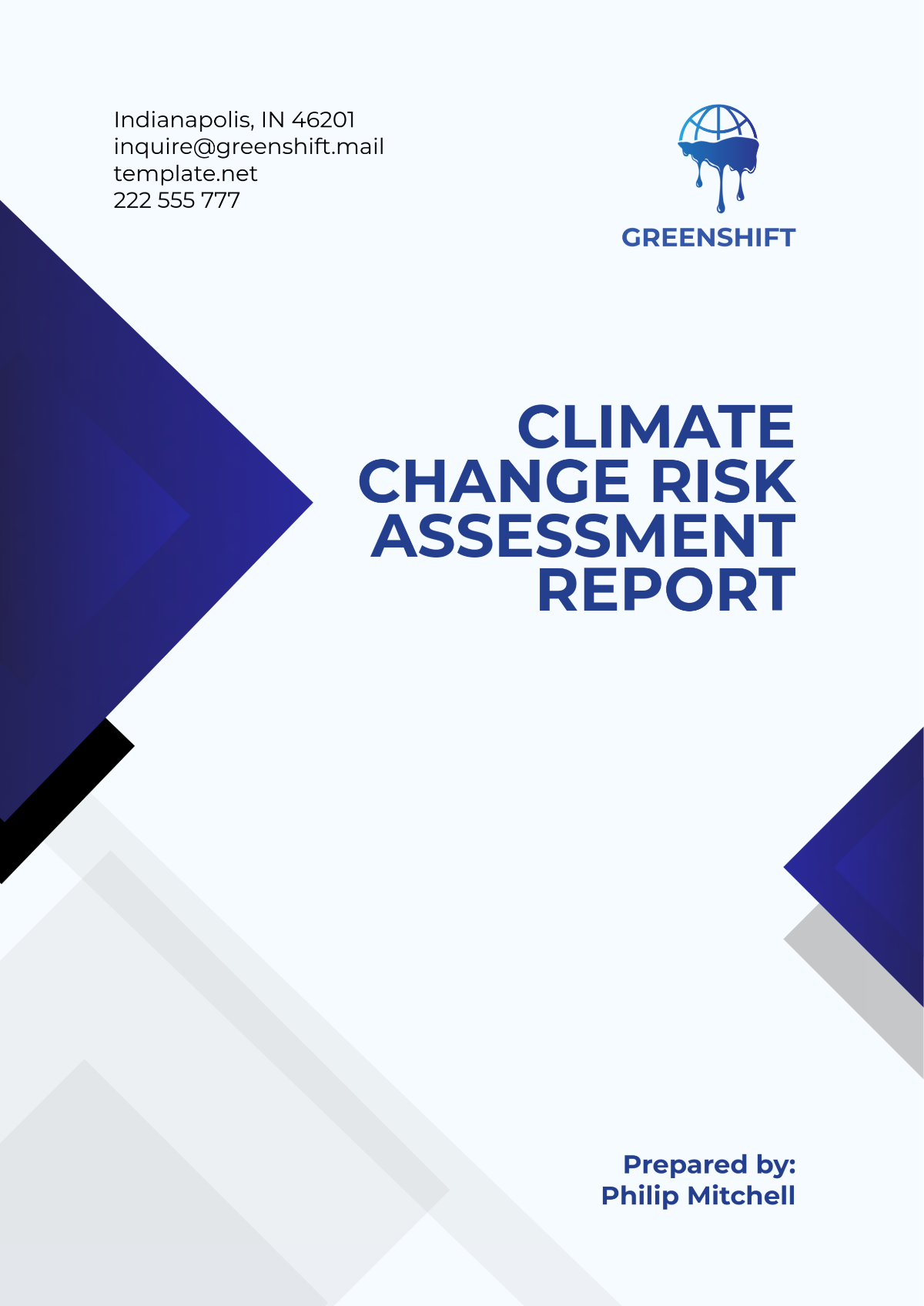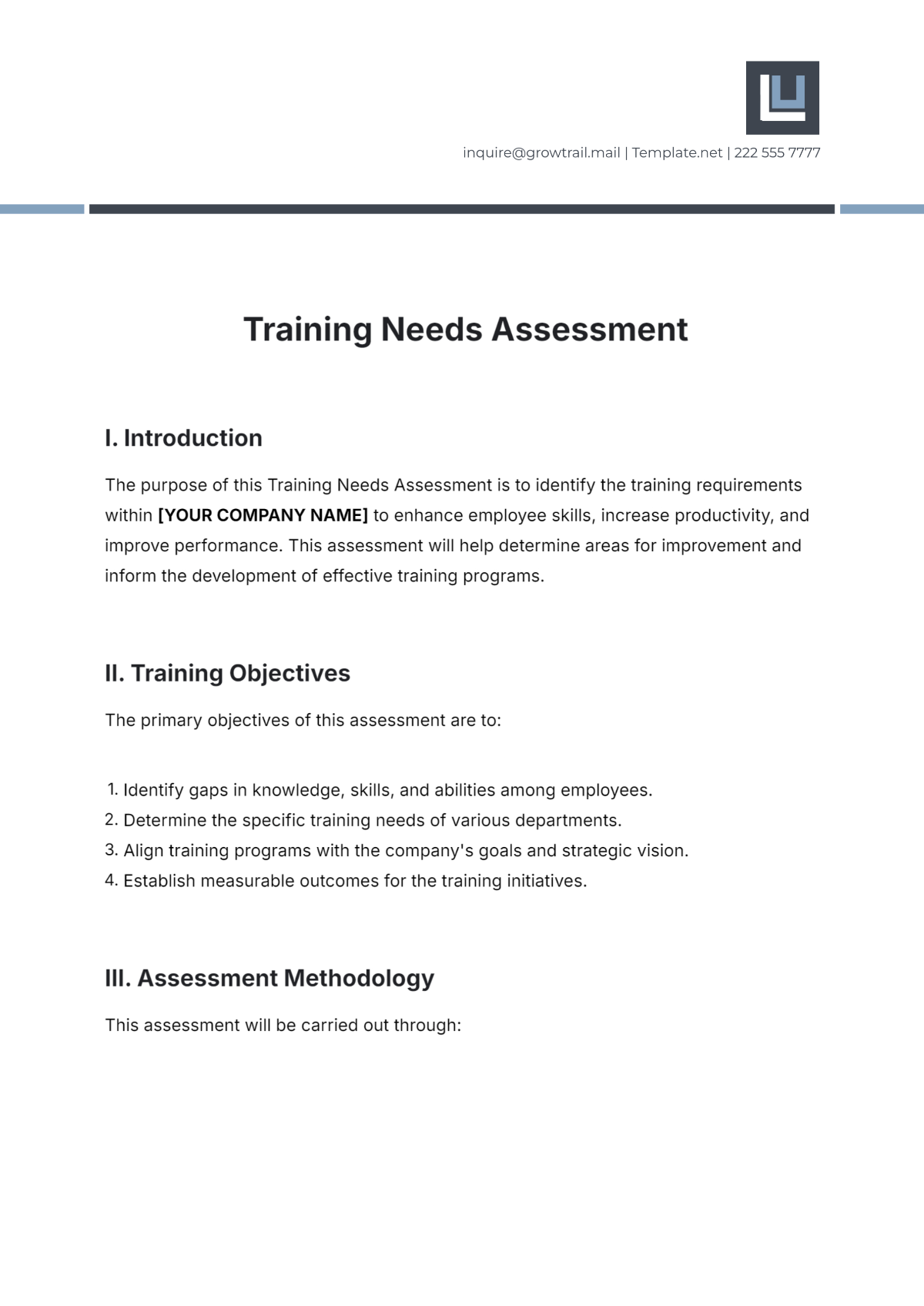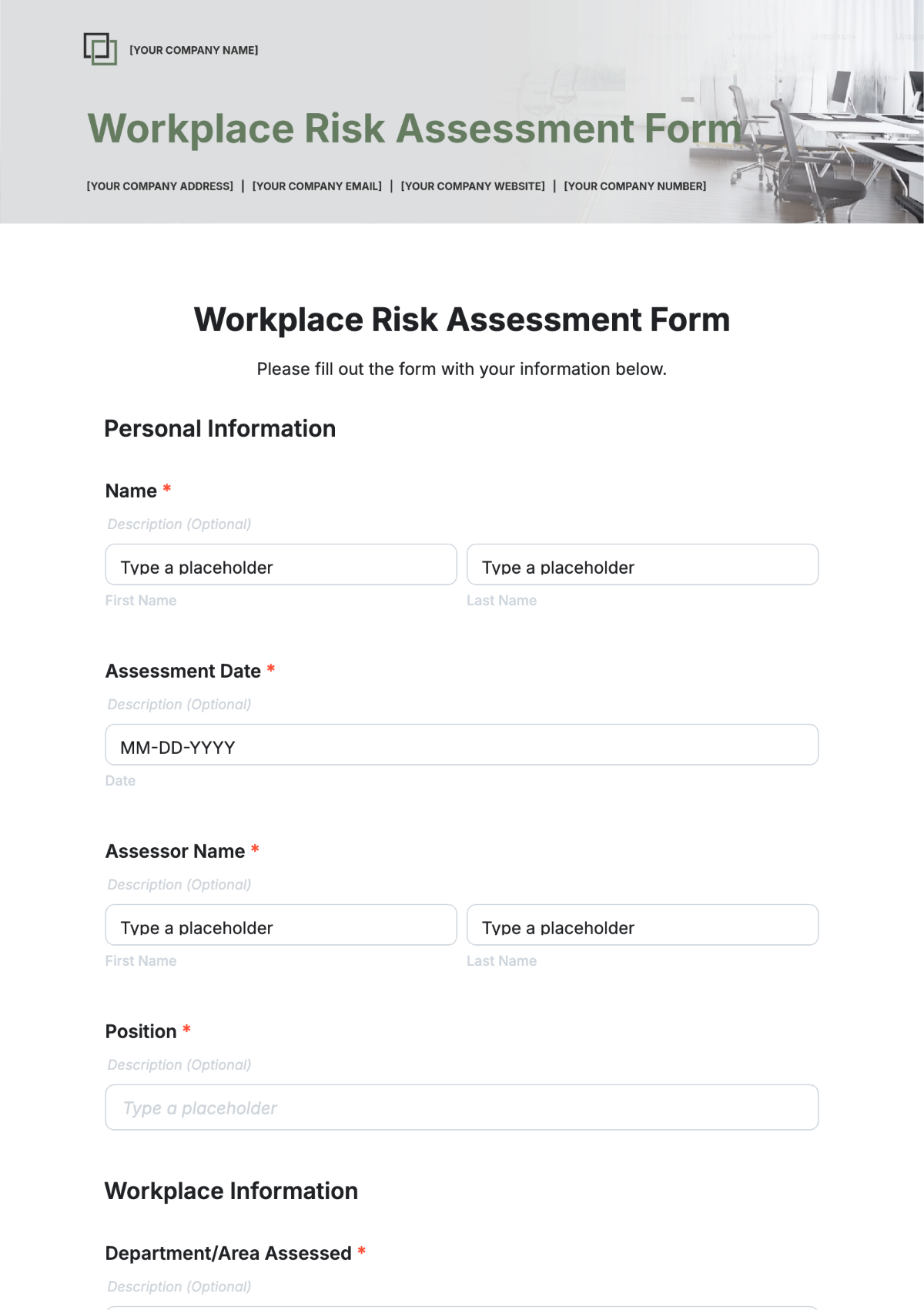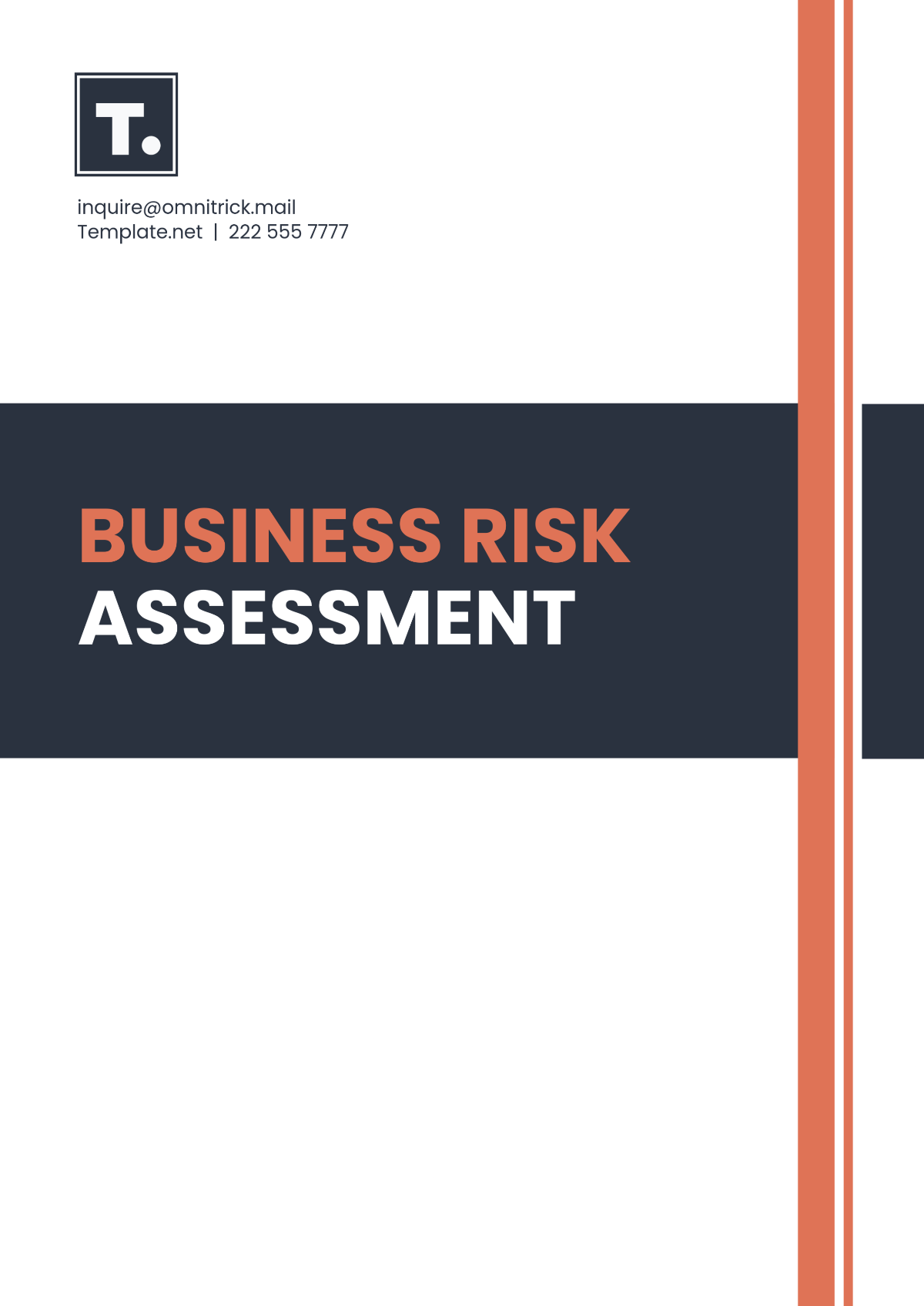SECURITY ASSESSMENT REPORT
Prepared by: [Your Name]
I. Executive Summary
This Security Assessment Report provides a comprehensive overview of the security posture for our organization. This includes an analysis of threats, vulnerabilities, and risks associated with our IT infrastructure. The findings highlight key areas for improvement and provide recommendations for enhancing our overall security framework.
II. Security Assessment Methodology
1. Objective
The primary objective of the security assessment is to identify vulnerabilities in the IT infrastructure and assess the effectiveness of current security controls. This will help prioritize security initiatives and enhance defenses against potential threats.
2. Approach
The assessment was conducted using a combination of automated tools and manual techniques to ensure a thorough evaluation of all components. It involved the following steps:
Planning and Scoping
Information Gathering
Vulnerability Identification
Exploitation Testing
Risk Analysis and Reporting
III. Findings
1. Vulnerability Analysis
Several vulnerabilities were identified during the assessment. These vulnerabilities can potentially be exploited by threat actors to gain unauthorized access or disrupt services. A summary of key vulnerabilities is listed below:
Vulnerability | Impact | Severity |
|---|---|---|
SQL Injection | Data Exposure | High |
Cross-Site Scripting (XSS) | Session Hijacking | Medium |
Weak Password Policy | Account Breach | Low |
2. Threat Analysis
Threats were analyzed based on their relevance to the organization’s context. This analysis revealed several potential threats that require immediate attention:
Phishing Attacks
Denial of Service (DoS) Attacks
Insider Threats
IV. Recommendations
1. Security Enhancements
To address the identified vulnerabilities and threats, the following security enhancements are recommended:
Implement Web Application Firewalls (WAF) to mitigate XSS and SQL Injection attacks.
Enforce strict password policies and implement multi-factor authentication.
Conduct regular security training for employees to combat phishing attacks effectively.
2. Risk Mitigation
Effective risk mitigation strategies need to be developed and implemented. These should include:
Regular vulnerability assessments and penetration testing.
Incident response planning and crisis management drills.
Continuous monitoring and logging of critical systems.
V. Conclusion
This Security Assessment Report outlines critical vulnerabilities and threats impacting the organization. By implementing the provided recommendations, the organization can significantly improve its security posture and be better prepared to counteract potential threats. Ongoing commitment to security practices and periodic assessments will ensure continuous improvement and adaptation to the evolving threat landscape.
